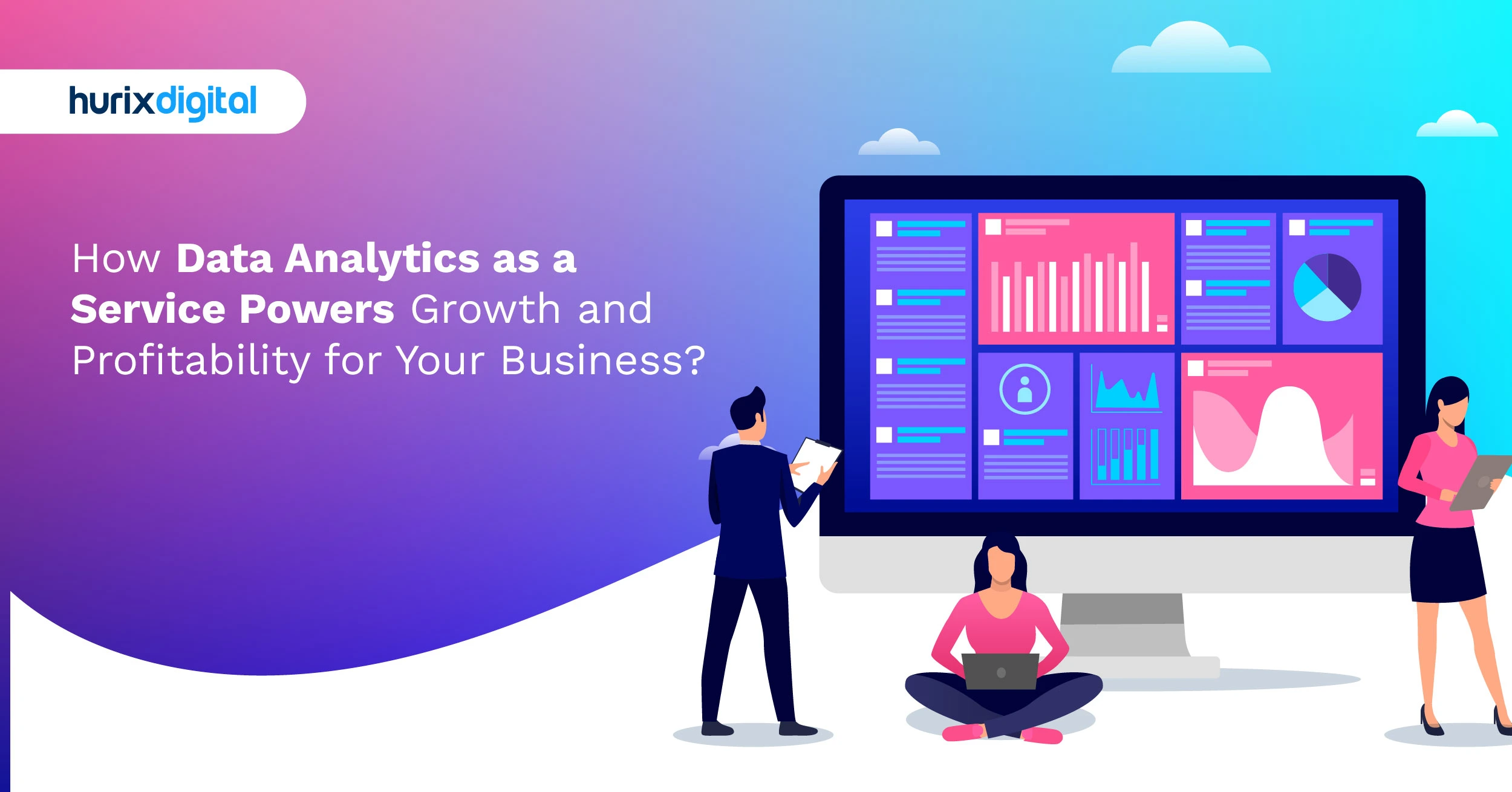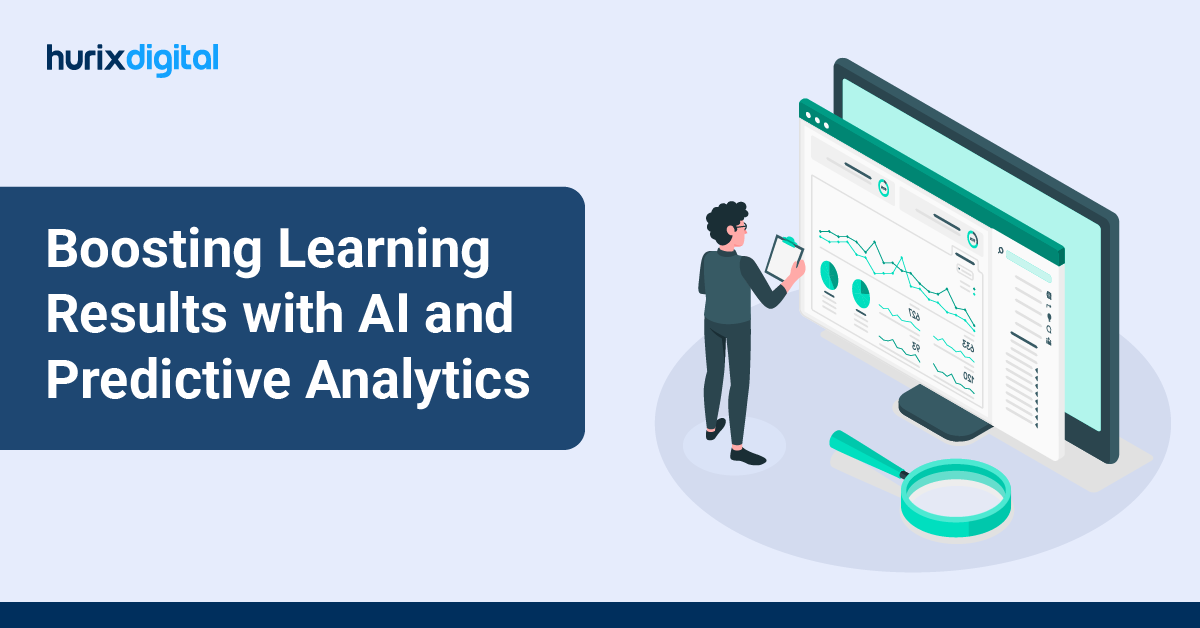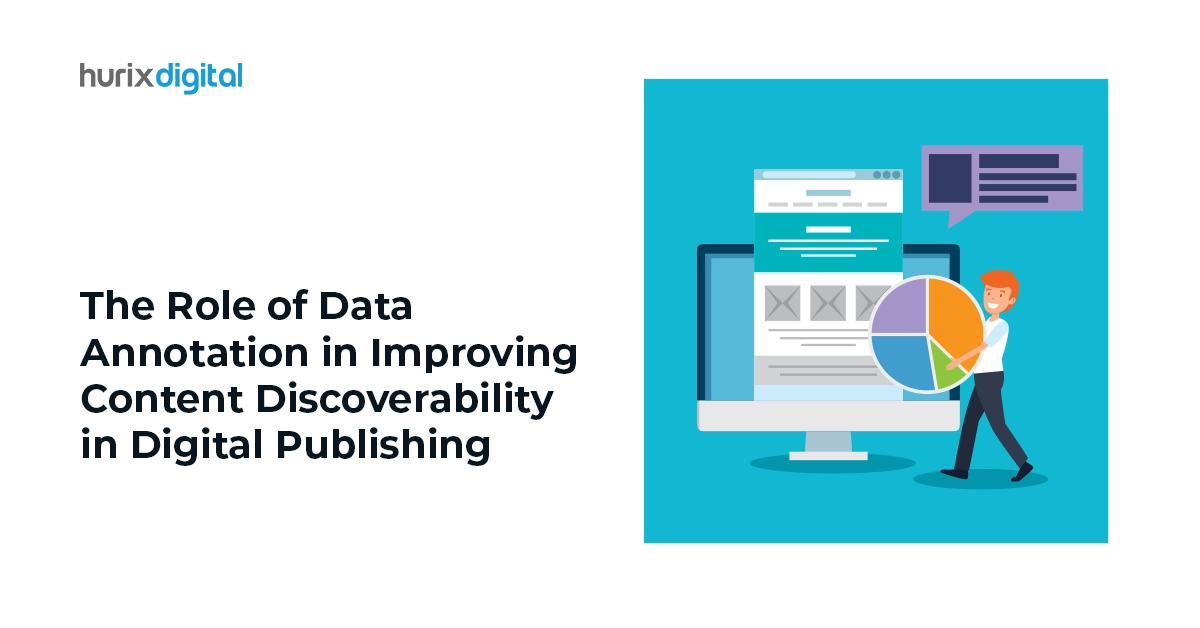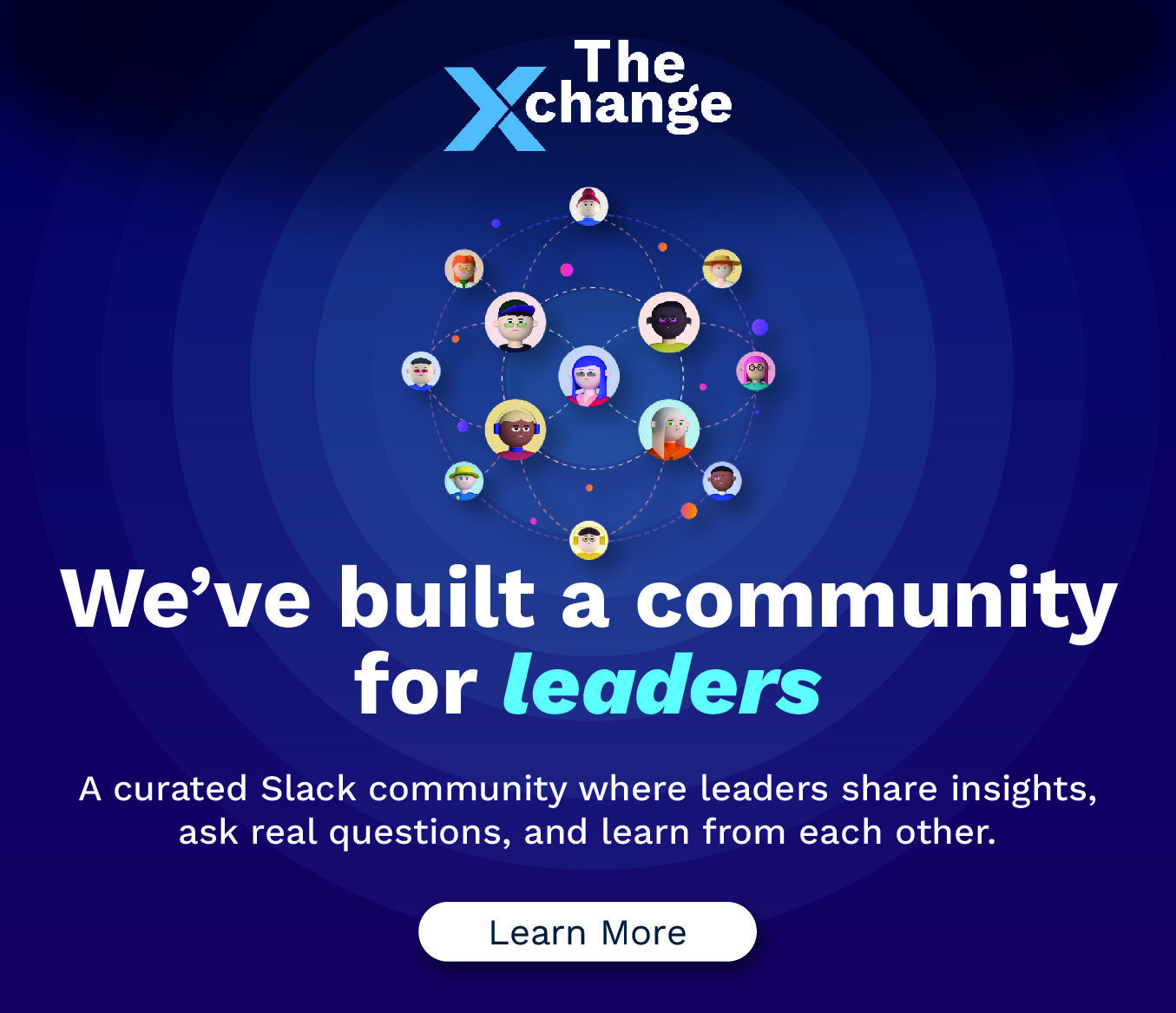
From Data Labeling Chaos to AI Success: A Practitioner’s Guide to Getting It Right
Summarize with:
Do you remember a time when the data meant entries inside cells of rows and columns in a spreadsheet? The past seems like a bygone era. Today, every CIO worth their salt knows AI runs on data. But here’s what keeps them up at night: making that data work without breaking the bank or the law.
This blog will explore ten crucial questions every organization should address when considering artificial intelligence data. Our blog covers everything from data security and MLOps to ROI and the future of data platforms. Using these insights, AI investments will be more effective.
Table of Contents:
- How Do You Ensure Data Quality for AI Models?
- What are the Biggest AI Data Security Risks?
- How to Scale AI Data Solutions Effectively?
- What’s the ROI of Investing in AI Data?
- Which Data Sources are Best for AI Adoption?
- How to Overcome AI Data Bias Challenges?
- What’s the Role of MLOps in Data Solutions?
- How Does AI Affect Data Governance Strategies?
- What AI Data Tools Offer the Best Value?
- What Is the Future of AI Data Platforms?
- The Bottom Line
How Do You Ensure Data Quality for AI Models?
Consider AI models to be great chefs. But put in stale stuff, and all the cooking skills in the world will not make the dish delectable. This is precisely what occurs when organizations feed their AI systems garbage.
One healthcare client learned this the hard way. Their AI was estimating drug interactions with the patient history that had gone uncleaned since the 90s: duplicates, old medical codes, a lack of demographics, and more. The model’s forecasts were so inaccurate that they almost dumped the whole project. Almost.
What saved them? A data quality framework that made sense. First, they established what “good data” meant for their specific use case—not some textbook definition, but criteria that mattered for drug interaction predictions. Completeness meant having all vital signs, not every single field filled. Accuracy meant current medications, not what grandma took in 1995.
They built automated validation checks that ran before any data hit the model. Simple stuff, really. Does this patient’s age make sense? Are there medications listed that were discontinued decades ago? But here’s the kicker. They made business users responsible for data quality in their domains. No more pointing fingers at IT when things go sideways.
The real game-changer was implementing data lineage tracking. Every piece of data could be traced back to its source. When the model made a weird prediction, it could pinpoint exactly which data point caused it. It turned out that one hospital system was coding allergies differently than others.
What are the Biggest AI Data Security Risks?
Here’s a fun fact that’ll make any CIO sweat: AI models can memorize sensitive data during training and spit it back out later. A major bank discovered its customer service chatbot occasionally revealed account numbers from its training data. Not exactly the personalized service they had in mind.
The security headaches tied to AI data today are way different from the old-school cyber worries your grandparents keep warning you about. Sure, hackers stealing databases is still a concern. However, we are now in the era of more advanced attacks, in which malicious users can simply reverse-engineer the training data by looking at the model predictions. Throw in strict privacy regulations, such as the GDPR, and the risk of ruining online reputations through a data breach escalates to a grander scale.
Another overlooked risk is insider threats with an AI twist. Employees don’t need to steal databases anymore. They can simply train personal models using company data. Voila! They now walk out with superintelligence baked in. One tech firm caught an engineer doing exactly this with their recommendation algorithms. The model weights contained years of user behavior patterns.
Access controls need to be completely rethought for AI systems. It’s about who can view data and who can use it for training, modify models, and interpret outputs. Role-based access that works for databases falls apart when applied to AI pipelines. This data can be used for fraud detection training, not marketing personalization.
How to Scale AI Data Solutions Effectively?
Scaling AI isn’t like scaling traditional software. You can’t just add more servers and call it a day. A retail giant learned this when their recommendation engine worked beautifully for 10,000 products but choked on their full catalog of 10 million.
The problem wasn’t computing power. It was a data pipeline architecture. Their elegant proof-of-concept used batch processing that worked fine with small datasets. But when it came to scaling up? It failed to meet the expectations. Processing time went from hours to weeks, nowhere near real-time recommendations.
They rebuilt using stream processing, and that caused a new type of pain. Different sources of data came at varying speeds. Web sales, cash purchases, and stock adjustments all come together disorganizedly. The team needed a conductor to catch every note and keep everything in sync, no matter when it showed up.
Enter the concept of data mesh. Instead of centralizing everything into a massive data lake (which quickly becomes a data swamp), they distributed data ownership to domain teams. The inventory team managed stock levels, campaign responses by marketing, and transaction data was managed by sales. However, the critical point is that they all followed common standards for sharing.
The infrastructure evolved too. Starting with on-premise servers made sense at a small scale. But training models on millions of customer interactions? That’s cloud territory. They adopted a hybrid approach. In this approach, sensitive data is processed locally, with heavy lifting done in the cloud. Cost management became an art form. Spot instances for training, reserved instances for serving, and serverless for sporadic workloads.
What’s the ROI of Investing in AI Data?
To be honest, most AI ROI calculations are fiction. Vendors love throwing around “10x returns” and “million-dollar savings.” Reality? Much trickier. A manufacturing company spent two years and serious money building predictive maintenance models. The board wanted numbers. Hard ones.
Formula-based ROI numbers miss a big slice of what AI really does. Sure, they let you measure direct cost savings from preventing equipment failures. But what about the knowledge gained? What about the data infrastructure built? And what about the culture shift toward data-driven decisions? These harder-to-measure wins often pack more punch than the line-item savings.
They started measuring differently. Instead of just tracking prevented failures, they measured decision velocity. How much faster could plant managers respond to issues? From days to hours. What was that worth? Hard to say precisely, but customer satisfaction scores jumped roughly 30% when delivery delays dropped.
The indirect benefits surprised everyone. The data pipeline built for predictive maintenance became the backbone for quality control AI. The sensors installed for equipment monitoring enabled energy optimization. The team trained on AI projects became innovation catalysts across the organization. Try putting that in a spreadsheet.
Which Data Sources are Best for AI Adoption?
Not all data is created equal. The best data sources share three characteristics: relevance, reliability, and refresh rate.
Relevance is clear, yet you would be surprised at the organizations that keep redundant information at their disposal, hoping they will need it one day. Reliability means consistent quality and availability. Refresh rate is responsive to your tempo: real-time for trading algorithms or monthly for strategic planning.
Start with internal transactional data. It’s usually clean, you own it, and it directly reflects your business. One e-commerce platform built its entire recommendation engine on transaction logs and browsing behavior. No fancy external data is needed. Their conversion rates beat competitors using complex multi-source approaches.
External data works when it adds a genuine signal. Weather data for demand forecasting in retail? Absolutely. Satellite imagery for agriculture AI? Game-changer. Social media for B2B lead scoring? Usually noise. The key is testing correlation before going all-in.
Third-party data comes with hidden costs. Not just licensing fees, but integration complexity, quality variance, and vendor lock-in. So what’s the sweet spot? Start with owned data, augment with public datasets, and carefully add commercial sources with clear ROI. And always, always maintain fallback options.
How to Overcome AI Data Bias Challenges?
AI bias raises ethical questions, but it is also dangerous for businesses. A major insurance company’s AI was rejecting claims from specific zip codes at suspicious rates. Turned out their training data reflected historical biases in claim approvals. They were literally automating discrimination.
They tried the obvious fix first. Removing sensitive attributes like zip code, race, and gender. But that didn’t work. The model discovered proxies: shopping patterns, name structures, and writing style. It is like asking someone to disregard the elephant in the room when its shadow covers everything.
What actually worked was adversarial debiasing. They trained a second model to detect bias in the first model’s decisions. When the bias detector went off, they adjusted the training. Think of it as AI checking AI’s homework. It’s not perfect, but it’s way better than hoping for the best.
The real breakthrough came from inclusive design. They brought in claim processors from different regions, backgrounds, and experiences. These folks spotted biases that the data scientists missed.
What’s the Role of MLOps in Data Solutions?
MLOps sounds like another buzzword vendors invented to sell consulting. But try managing dozens of models in production without it. Think of MLOps as DevOps for AI–same principles, different challenges. Deployment of code happens deterministically. But not the case for the deployment of models. The same model can behave differently with shifted data distributions.
The solution isn’t just tools (though good tools help). It’s the process and culture. We suggest implementing model registries. Think GitHub for AI models. Every model got versioned, tagged, and documented. But the game-changer usually is automated testing. Not just unit tests, but drift detection, performance monitoring, and bias checking. Models that failed tests couldn’t deploy. Simple.
How Does AI Affect Data Governance Strategies?
Traditional data governance was built for a simpler time. You knew where data lived, who accessed it, and how it was used. AI blows this neat structure apart. Training data gets transformed, combined, and embedded into models. A customer’s data doesn’t just sit in a database anymore. This data influences model weights affecting millions of predictions.
Then comes the “right to be forgotten” under GDPR, creating a headache. While just deleting customer data from databases is easy, removing their influence from trained models is almost impossible.
Furthermore, consent management evolves, too. Customers agreeing to “data processing” meant different things pre-AI. Now, they needed granular consent: yes to fraud detection, no to marketing personalization. The infrastructure to track and enforce these preferences at model training time didn’t exist, but they built it.
What surprised everyone was how AI improved governance in some ways. Model explanations provided audit trails that traditional systems couldn’t match. They could show exactly why a loan was denied, and which features mattered most. Regulators loved the transparency. The black box became a glass box when designed correctly.
What AI Data Tools Offer the Best Value?
The AI tools market is a gold rush. Everyone’s selling pickaxes. Most CIOs end up with expensive shelfware that their teams barely use. One startup burned through its Series A by trying different platforms and building custom solutions anyway. There’s got to be a better way.
Value in AI tools is less about features and more about fit. The best computer vision platform is worthless if you’re forecasting time series. One size fits none. A smart approach? Start with the problem, not the platform.
Open source versus commercial isn’t a good debate. What matters more is the total cost of ownership. That free framework might cost millions in engineering time to production, while that expensive platform might save more than it costs in faster deployment.
Likewise, integration capabilities matter more than features. That amazing AutoML tool that doesn’t connect to your data warehouse is useless. The okayish platform that plugs into your existing infrastructure is gold. One financial firm chose its tools based on simple criteria: Can it talk to our systems without massive engineering?
Don’t forget the humans. The best tools are worthless if your team won’t use them. One company forced a complex platform on its analysts. Adoption rate? Near zero. They switched to tools that met users where they were–SQL interfaces for analysts, Python libraries for data scientists, and visual tools for business users. Usage skyrocketed.
What Is the Future of AI Data Platforms?
Predicting the future is a fool’s game, but certain trends seem obvious. The age of monolithic AI platforms is ending. Just like cloud computing evolved from “lift and shift” to “cloud-native,” AI is moving from centralized platforms to distributed intelligence.
Federated learning is now going mainstream. Instead of centralizing data for training, models travel to the data. A healthcare client trained diagnostic models across hospitals without moving patient data. Each site contributed to model improvement while maintaining complete data sovereignty.
AI marketplaces emerge, but not how vendors imagine. Instead of selling generic models, specialized AI components for specific industries are sold. A supply chain AI that understands seasonal patterns, a financial AI that grasps regulatory requirements. Platforms become integration layers, combining specialized models like Lego blocks.
The biggest shift? AI becomes an invisible infrastructure. Like nobody thinks about TCP/IP when browsing, future users won’t think about models and training. They’ll express business needs. And, platforms will handle the rest.
The Bottom Line
Ten questions, no easy answers. That’s the reality of AI data solutions. Anyone promising simple solutions to these complex challenges is probably mispelling. Success comes from accepting the messiness while building toward clarity. Start with solid data foundations. Add governance before you need it. Scale gradually. Measure what matters. Choose tools that fit your reality, not vendor visions.
Most importantly, remember that AI amplifies what you feed it. Good data practices become great AI outcomes, and bad habits become expensive failures. The organizations winning with AI aren’t the ones with the most significant budgets or fanciest tools. They’re the ones who treat data as a strategic asset and act accordingly.
At Hurix Digital, we’ve been helping organizations transform their messy data challenges into competitive advantages. We bring our two decades of experience to every project, whether you’re building educational AI models or scaling enterprise learning systems.
Let’s talk about how to make your data work as hard as you do. Your AI deserves better than garbage labels!
Summarize with:

Vice President – Content Transformation at HurixDigital, based in Chennai. With nearly 20 years in digital content, he leads large-scale transformation and accessibility initiatives. A frequent presenter (e.g., London Book Fair 2025), Gokulnath drives AI-powered publishing solutions and inclusive content strategies for global clients
 A Space for Thoughtful
A Space for Thoughtful 




